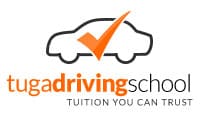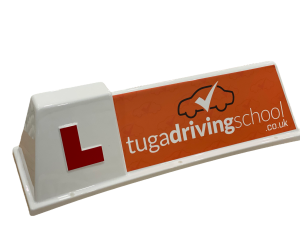Learning to drive is a significant milestone in many people’s lives. It offers newfound freedom, convenience, and the ability to explore the world independently. However, one common question that plagues aspiring drivers is, “How many lessons should it take to learn to drive?” While the answer may vary from person to person, this blog post will delve into the factors that influence the number of lessons needed and offer some guidance for those embarking on their journey towards becoming confident and skilled drivers.
The Importance of Professional Instruction
Before we explore the number of lessons required, it’s crucial to understand the significance of professional instruction. Enrolling in a certified driving school or hiring a qualified instructor can make the learning process smoother and safer. Instructors are equipped to teach essential skills, rules of the road, and defensive driving techniques, which are critical for your safety and the safety of others.
Factors Influencing the Number of Lessons:
Several factors can influence the number of lessons needed to learn to drive effectively. These factors include:
Previous Experience: If you’ve had some experience behind the wheel, even in a parking lot or on private property, you may require fewer lessons than a complete beginner.
Age and Confidence: Older learners may approach driving with more caution, while younger individuals might be more confident. This confidence, or lack thereof, can impact the number of lessons necessary.
Learning Pace: Everyone learns at their own pace. Some individuals grasp the basics quickly, while others require more time and repetition.
Complexity of Local Roads: The complexity of the roads you’ll be driving on can also affect the number of lessons needed. Learning to drive in a rural area might require fewer lessons than mastering city driving with heavy traffic.
Anxiety and Nervousness: If you experience anxiety or nervousness while driving, it may take more lessons to build confidence and competence.
Motor Skills: Good motor skills are essential for safe driving. If you struggle with coordination, it might take longer to become a proficient driver.
Guidelines for Estimating the Number of Lessons
While there’s no one-size-fits-all answer, here are some guidelines to help you estimate the number of lessons you might need:
Beginner Package: Most driving schools offer beginner packages ranging from 10 to 20 lessons. Beginners often start with 10–15 lessons to cover the basics and build confidence.
Progress Evaluations: Your instructor will regularly assess your progress. Based on these evaluations, they can recommend additional lessons if necessary.
Independent Practice: Practice outside of your lessons is crucial. The more you practice, the faster you’ll become proficient. It’s essential to supplement your lessons with independent driving.
Conclusion
Learning to drive is a personal journey, and the number of lessons required will vary from person to person. Rather than focusing on the quantity of lessons, it’s important to concentrate on the quality of your learning experience. Building confidence, mastering essential skills, and being a responsible and safe driver are the ultimate goals.
Remember that driving is not just about passing a test; it’s about acquiring the skills to protect yourself and others on the road. Safety should always be your top priority. So, whether it takes 10 lessons or 30, commit to becoming a skilled and responsible driver. After all, the road is a place where knowledge, practice, and caution can save lives.


